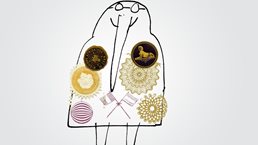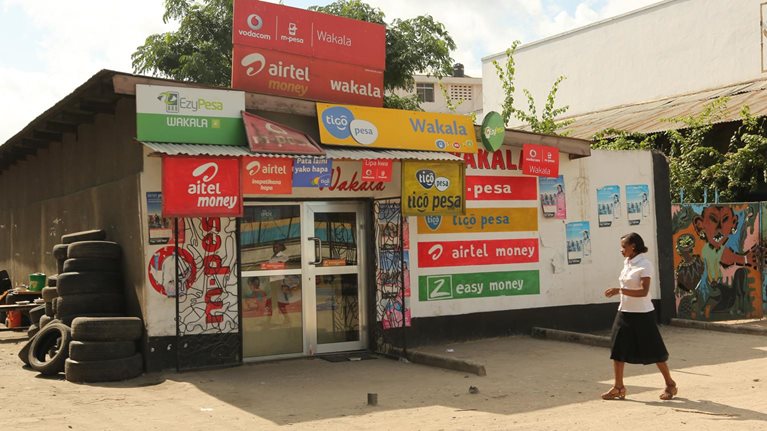Philanthropists and governments have long used prizes to drive innovation and engagement to produce societal benefit, but the use of this powerful instrument is undergoing a renaissance. Philanthropic prizes are growing in number and size, are appearing in new forms, and are being applied to a wider range of societal objectives by a wider range of sponsors than ever before. Not all of the growth has been positive, however, as the many overlapping prizes and growing clutter of the sector attests. In response, current and potential participants are asking when they should use prizes and how they can develop and deliver effective ones.
This report addresses these questions by drawing on academic literature, interviews with analysts and practitioners, surveys of prize sponsors and competitors, databases of small and large awards, and case studies of 12 effective prizes to produce lessons from a range of sectors, goals, and prize types. It aims to help improve current prizes and stimulate effective future use by developing a number of simple frameworks and compiling useful lessons for sponsors. While targeting the philanthropic sponsor, we believe these perspectives will also be helpful to governments and corporations considering prizes.
Would you like to learn more about our Social Sector Practice?
Our research found that prizes are a unique and powerful tool that should be in the basic toolkit of many of today’s philanthropists. Their recent renaissance is largely due to a new appreciation for the multiple ways in which they can produce change: not only by identifying new levels of excellence and by encouraging specific innovations, but also by changing wider perceptions, improving the performance of communities of problem-solvers, building the skills of individuals, and mobilizing new talent or capital. These change drivers give prize sponsors compelling opportunities to use the open, competitive, and media-friendly attributes of prizes to stimulate attention and drive innovation in a highly leveraged and result-focused way. Recent prize growth is reinforced by powerful external trends such as the arrival of new philanthropic wealth, different attitudes to shifting risk, interest in open source approaches, and an increasingly networked, media-driven, and technology-intensive world. We believe that the outlook for prizes is particularly strong because of the increased interest of philanthropists and the emergence of an industry of prize facilitators that is driving improvements in prize economics and improved practices for managing execution challenges and risks.
Designing and delivering successful prizes is hard work, but a number of promising practices have begun to emerge. First of all, prizes are best used when a philanthropist can match a clear goal with a relatively large number of potential solvers who are willing to absorb some risk, criteria that cover a range of common philanthropic challenges. Then, good prizes will start with a clearly-defined aspiration for societal benefit, which can be translated into specific prize objectives that are significant, motivational, actionable, results-focused, and time-bound. The strategy for achieving these objectives will employ one of at least six prize archetypes, each of which uses a different combination of levers to change problem-solvers’ behavior. A good prize will then invest significant resources in its design, specifying the competitor pool, rules, and award attributes that will reinforce the strategy. An effective prize process is at least as important as prize design, reinforcing the strategy as it attracts candidates, manages the competition, celebrates winners, and publicizes the effort. Finally, a good sponsor will invest significant resources in post-prize activities that convert the award’s result into longer-term societal impact.

Using prizes to spur innovation
We look forward to continued growth in prize use and further evolution of best practices. We anticipate the continued development of a global “prize industry” that will professionalize the management and support of prizes and make prizes more accessible to organizations with relatively small resources. We expect to see new ways to stimulate and allow collaboration among competitors, better vehicles for funneling developmental capital to competitors, more investment in prize development, and more creative collaboration between the social, private, and public sectors. And we believe that we will continue to see the emergence of new, creative prize types and change levers. In order to facilitate this growth and evolution, we also hope to see continued investment in understanding the field: sector conferences to share best practices and address common challenges, academic research into the underlying economics of prizes and the interplay between competition, innovation, and collaboration, and philanthropic investment in the nascent industry.
A prize is an old idea that remains surprisingly powerful today. We believe that leading philanthropists should consider how they can best use prizes as part of their philanthropic portfolio, and should accept the challenge of finding innovative ways to harness the potential of this powerful instrument.
Download the full report on which this article is based, “And the winner is...”: Philanthropists and governments make prizes count (PDF–3.7MB).


